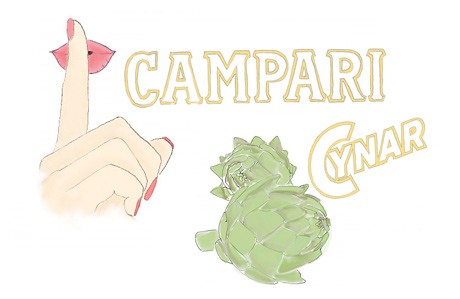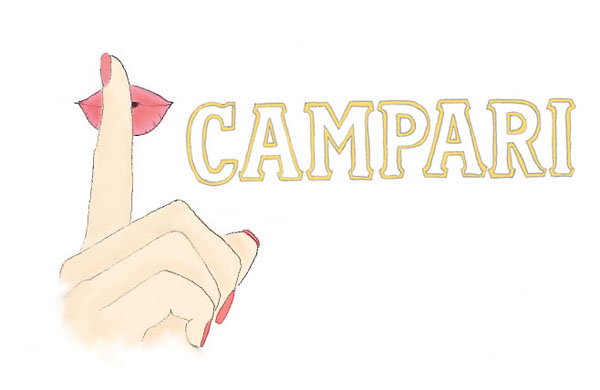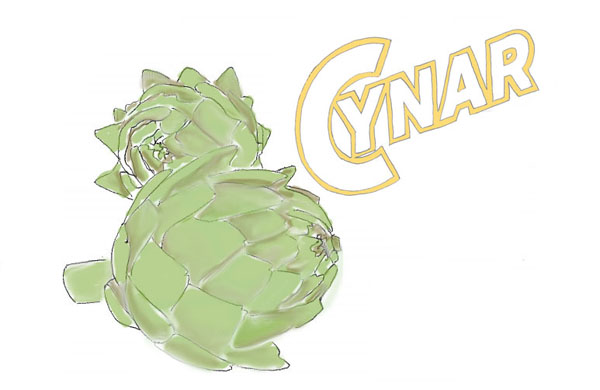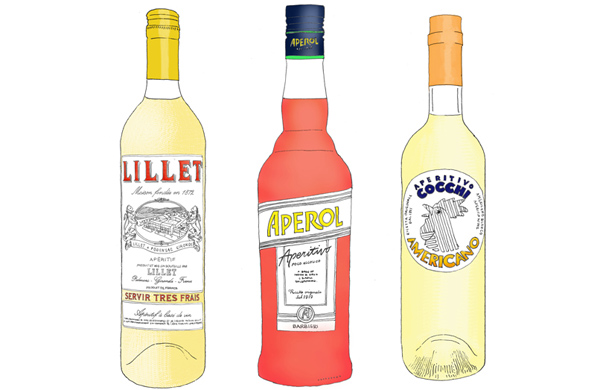GROUPON GUIDE TO CHICAGO
Campari and Cynar: Getting to Know Your Cocktail’s Components
BY: Lisa Ladehoff |Sep 12, 2013
BY:
Deals in chicago

Trending
Enjoy Wine & Chocolate or Popcorn Tastings for 2 or 4
243 East Northwest Highway, Palatine • 26.9 mi
Sale Ends 12/19
D'Vine Wine And Gifts

Up to 28% Off Wine Tasting with Bottle at VIN312 Winery
4710 North Ravenswood Avenue, Chicago • 6.6 mi
Sale Ends 12/19
VIN312 Winery

Holiday Pop-Up Bar Crawl to Christkindlmarket - Wrigleyville or River North
23 W. Hubbard St, Chicago • 0.7 mi
Sale Ends 12/19
280+ bought
Holiday Pop-up Bar Crawls
Deals in chicago Other Deals in chicago

Trending
Wine Tasting at Michigan's Largest and Longest-Operating Winery
9145 Union Pier Road, Union Pier • 49.1 mi
Sale Ends 12/19
St. Julian Winery

Trending
Up to 46% Off on Wine Tasting / Flight at White Pine Winery
317 State Street, Saint Joseph
Sale Ends 12/19
White Pine Winery

New Year’s Eve Bar Crawl Admission on December 31, 2025
31% discount_off
1 bought
Social Scene
 With summer drawing to a close, it’s time to bid bon voyage to warm-weather-inspired cocktails. The following aperitifs appear in a wide range of drinks, but if you hurry, you can find them alongside smooth rum and tart fruit at one of your
With summer drawing to a close, it’s time to bid bon voyage to warm-weather-inspired cocktails. The following aperitifs appear in a wide range of drinks, but if you hurry, you can find them alongside smooth rum and tart fruit at one of your  Campari
A closely guarded secret recipe lends an unmistakable bitterness to this prized Italian aperitif. Seriously, it’s been famously under wraps for more than 150 years. First created back in 1860 by one Gaspare Campari, this ruby-red liqueur didn’t really gain popularity until about 50 years later, when its iconic art-deco posters began to appear. One thing that is known about the recipe? Up until 2006, Campari’s red color was the result of carmine dye, which is derived from cochineal insects. (Ew?)
Campari
A closely guarded secret recipe lends an unmistakable bitterness to this prized Italian aperitif. Seriously, it’s been famously under wraps for more than 150 years. First created back in 1860 by one Gaspare Campari, this ruby-red liqueur didn’t really gain popularity until about 50 years later, when its iconic art-deco posters began to appear. One thing that is known about the recipe? Up until 2006, Campari’s red color was the result of carmine dye, which is derived from cochineal insects. (Ew?)
 Cynar
If you’ve never bothered to look at the beautiful label of a Cynar bottle, then you probably had no idea it’s largely derived from artichokes—and that’s where it gets its name (cynara scolymus). This savory aperitif merges 11 herbs with its namesake, and the result is a liqueur best described as, well, curious tasting. A bit softer-around-the-edges and more approachable than many of its Italian brethren, it bodes well with both dark and clear spirits, sometimes even replacing Campari for a variation on a negroni. Oh, and if you’ve been wondering, it’s pronounced chEE-nahr. Now get out there.
Illustrations by Lisa Ladehoff, Groupon
Cynar
If you’ve never bothered to look at the beautiful label of a Cynar bottle, then you probably had no idea it’s largely derived from artichokes—and that’s where it gets its name (cynara scolymus). This savory aperitif merges 11 herbs with its namesake, and the result is a liqueur best described as, well, curious tasting. A bit softer-around-the-edges and more approachable than many of its Italian brethren, it bodes well with both dark and clear spirits, sometimes even replacing Campari for a variation on a negroni. Oh, and if you’ve been wondering, it’s pronounced chEE-nahr. Now get out there.
Illustrations by Lisa Ladehoff, Groupon

